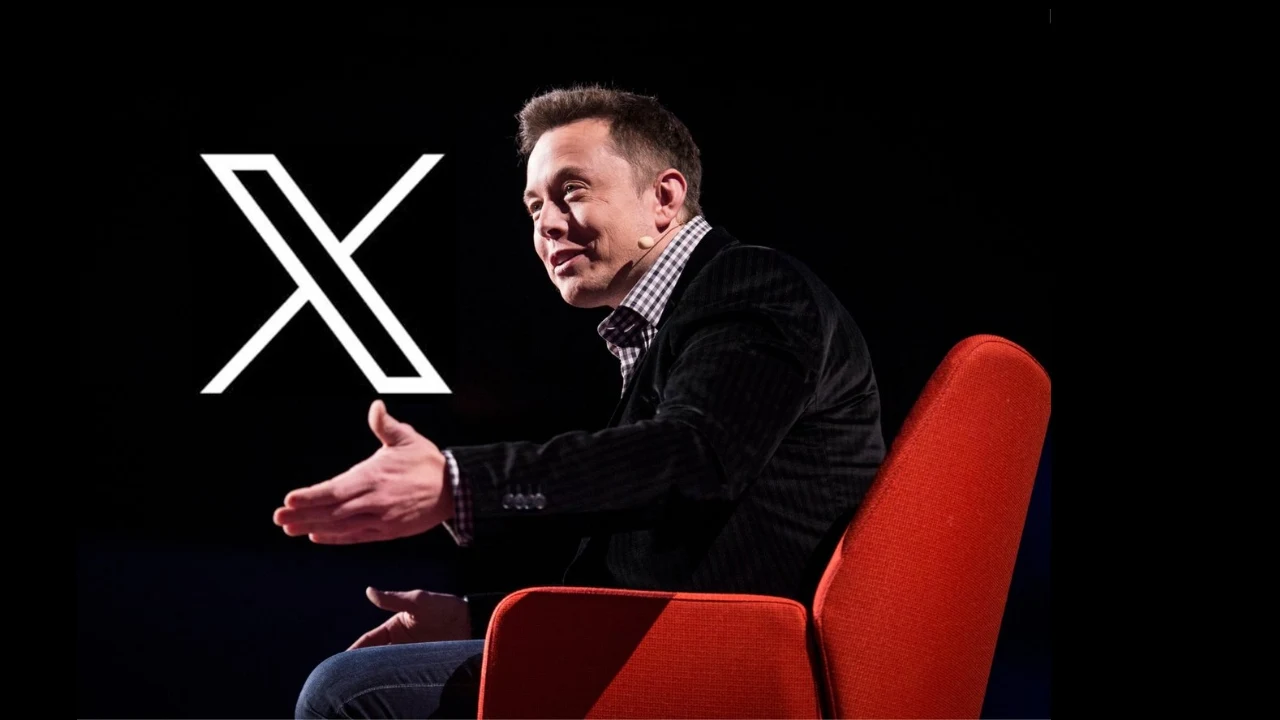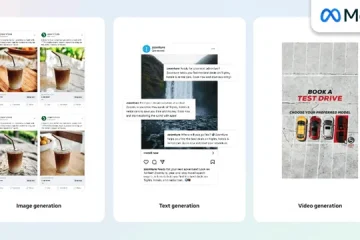$44 Billion Value for Musk and His Companies: Exploring the Latest Opportunities:
Elon Musk’s ventures are often at the forefront of innovation, but the latest developments surrounding X, formerly known as Twitter, suggest that this platform could become an incredible financial asset. Estimates indicate that Twiter might generate over $44 billion in value for Musk and his companies in the coming years. This article delves into the factors contributing to this projection, the potential strategies Musk may employ, and the broader implications for the tech industry.
Table of Contents
The Transformation of Twitter
Since Musk acquired Twitter in 2022, the platform has undergone significant changes. Rebranded as X, the platform is evolving beyond a social media site into a multi-functional app that aims to integrate various services. This transformation includes:
- Expansion of Services: Musk has emphasized making X a “super app” that combines social networking with financial transactions, messaging, and content creation.
- User Engagement: The introduction of new features like subscriptions, paid verification, and content monetization has started to attract more users and generate revenue.
- Enhanced Advertising: By offering more targeted advertising options and improved analytics for brands, Twitter is positioning itself to regain and grow its advertising revenue, which had faced challenges prior to Musk’s acquisition.
Financial Projections: The $44 Billion Opportunity
Several factors contribute to the projection that Twitter could be worth over $44 billion to Musk and his associated businesses:
- Revenue Diversification: The traditional ad revenue model for social media platforms is shifting. Musk’s vision for X includes subscription services, e-commerce, and payment processing, which could significantly diversify revenue streams. Analysts suggest that these additional revenue channels could contribute billions annually.
- User Base Growth: Despite initial controversies, Twitter has seen a resurgence in user engagement. Reports indicate that active users have increased to over 450 million, with potential for further growth as new features attract a broader audience.
- Synergy with Other Ventures: Musk’s portfolio includes companies like Tesla and SpaceX, and leveraging the user base of X for cross-promotional opportunities can create significant value. For example, Tesla can utilize X for direct sales and customer engagement, while SpaceX can use the platform for updates and public engagement, enhancing brand loyalty.
- Data Utilization: The vast amount of user data collected through X can be harnessed for insights into consumer behavior. This data can enhance advertising effectiveness, making X more appealing to advertisers willing to invest heavily for targeted campaigns.
- Global Market Penetration: Musk aims to expand X’s reach into international markets, particularly in Asia and Africa, where social media penetration is still growing. This could significantly boost the platform’s user base and potential advertising revenue.
Key Strategies for Growth
To realize this potential value, Musk and his team will likely implement several key strategies:
- Aggressive Marketing: To attract both users and advertisers, X will need to invest in marketing campaigns that highlight the platform’s new features and benefits.
- User-Centric Features: Continuous enhancement of user experience will be vital. This could involve introducing new functionalities that encourage content creation and engagement, such as live streaming, improved multimedia sharing, and enhanced community features.
- Strategic Partnerships: Forming partnerships with other tech companies and brands can enhance the platform’s offerings. Collaborations with payment processors, e-commerce platforms, or media companies can create a more integrated experience for users.
- Focus on Security and Trust: To regain user trust and attract advertisers, X must prioritize security and transparency. Implementing robust measures against misinformation and ensuring user data privacy will be essential for long-term growth.
- Adaptability to Trends: Staying ahead of trends in social media, such as the rise of short-form video and interactive content, will help X remain relevant and engaging. Integrating these trends into the platform can keep users active and attract new ones.
Implications for the Tech Industry
The developments at Twitter have broader implications for the tech industry:
- Super App Trend: Musk’s vision for Twitter aligns with the growing trend of super apps—platforms that integrate multiple services into a single user experience. This could inspire other tech companies to evolve their offerings to compete in this space.
- Changing Advertising Landscape: As social media platforms diversify their revenue sources, traditional advertising models may need to adapt. Companies will have to be more innovative in how they engage with audiences across multiple platforms.
- Increased Regulation: The evolution of platforms like Twitter will likely attract scrutiny from regulators concerned about data privacy, misinformation, and market monopolies. Tech companies will need to be proactive in addressing these issues to avoid potential backlash.
- Focus on User Experience: As competition intensifies, platforms will increasingly focus on providing exceptional user experiences. This shift may lead to more investment in user-centric design, enhanced functionalities, and community-driven features.
Challenges Ahead
While the potential for Twitter to become a $44 billion asset is promising, several challenges could impede progress:
- User Skepticism: Initial controversies surrounding Musk’s leadership may continue to create skepticism among users. Building trust and credibility will be a slow and ongoing process.
- Competition: Twitter faces fierce competition from established platforms like Instagram, TikTok, and emerging social networks. Differentiating X in this crowded market will be essential.
- Technical Hurdles: As twitter evolves into a multi-functional app, it must overcome technical challenges related to scalability, user interface, and system integration. Ensuring a seamless user experience will be crucial.
- Public Perception: Musk’s polarizing reputation may influence public perception of Twitter. Efforts to improve the platform’s image will be necessary to attract a diverse user base.
- Economic Conditions: Economic fluctuations can impact advertising budgets, which may affect Twitter revenue growth. Economic downturns could lead to reduced spending from advertisers, posing a risk to the platform’s financial projections.
Conclusion
As Elon Musk continues to reshape Twitter into a versatile platform with the potential to generate over $44 billion in value, both users and industry observers are watching closely. The integration of new services, user engagement strategies, and innovative marketing approaches will be critical to achieving this ambitious goal.
In an era where digital platforms are increasingly vital for communication, commerce, and community, Twitters evolution may redefine social media’s role in our lives. While challenges abound, the opportunity for growth is equally significant. As Musk navigates this transformation, the tech world will undoubtedly look to Twitter as a case study in innovation, adaptability, and the future of social media.
The journey ahead promises to be exciting, and as Twitter continues to evolve, it will be fascinating to see how it impacts both users and the broader landscape of digital communication.



